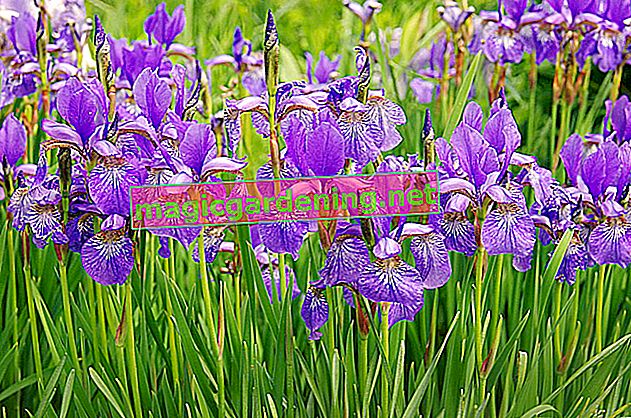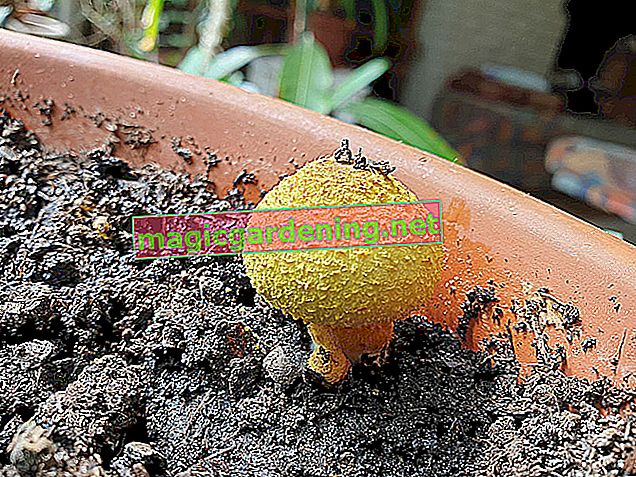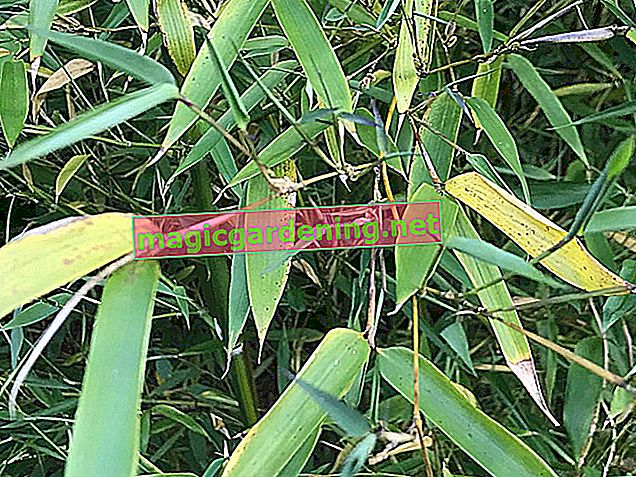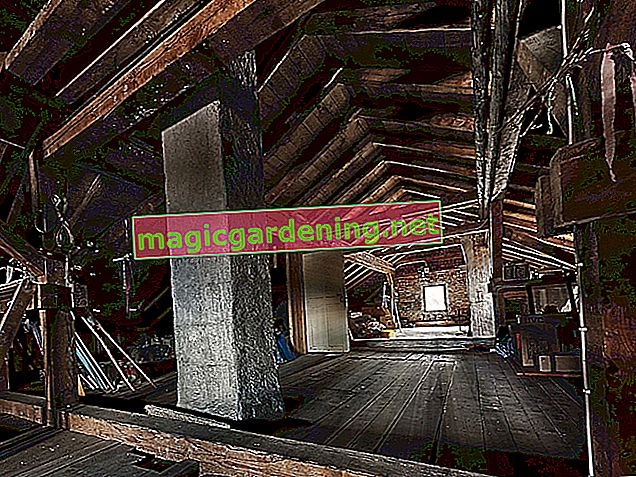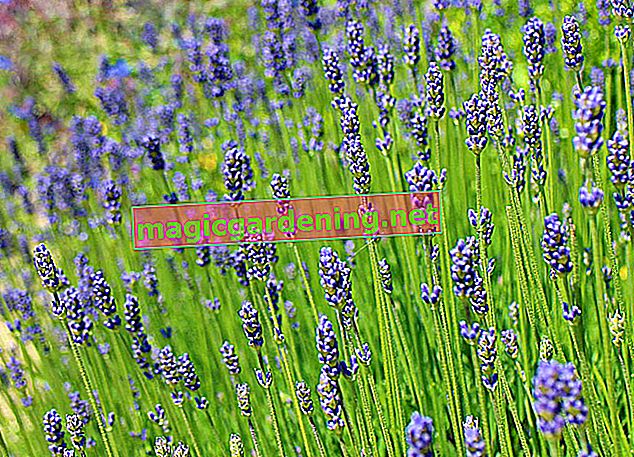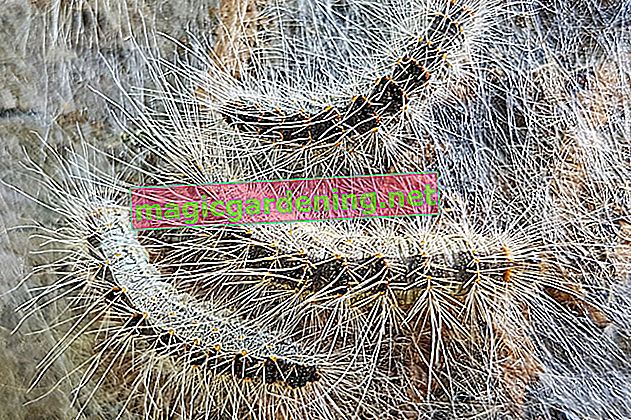
Lavish growth thanks to a prime location and substrate
The choice of location and substrate have a decisive influence on sage in the pot on the balcony. If you choose a sunny, warm place, the Mediterranean herb plant will immediately feel at home. If you use commercially available herbal soil, this should be enriched with compost and horn shavings. (€ 6.39 on Amazon *) For the desired permeability, add sand or perlite (€ 32.90 on Amazon *).
also read
- Why do the leaves on sage turn yellow?
- Is Sage Poisonous?
- This is how sage thrives in the pot - tips for care
Planting sage in a pot - this is how it works step-by-step
There are only a few hand movements with which the successful cultivation of sage stands or falls on the balcony. Proper planting in mid-May is one of them. How to do it:
- Drainage over the water outlet prevents damaging waterlogging
- Fill in the substrate up to two thirds of the height of the pot
- Plant the young sage exactly as deep as in the nursery pot
Proper care on the balcony right from the start
Freshly planted sage is watered regularly and thoroughly until it is well rooted. Let the substrate dry out between waterings. From the second year of standing the water requirement is reduced. The nutrient supply consists of the application of organic liquid fertilizer every 2 weeks from March to August.
The focal point in care is targeted cutting. So that the evergreen subshrub does not become lignified, we recommend a continuous cut of the shoot tips - beyond the harvest requirement. In this way you support the further branching of the herbaceous plant parts and keep the lignification in check. The main pruning is done in early spring by pruning sage down to six inches.
Before the first frost, the substrate is covered with leaves or straw. The bucket is given a jute winter coat and is placed on a wooden block.
Tips & Tricks
Don't just throw away eggshells. When added to the sage substrate, they make a valuable contribution to permeability and counteract compaction. In addition, crushed eggshells act as a natural source of lime.
GTH


